Gardening fans, both seasoned and new, often believe that sunlight is crucial for growing vegetables. However, many vegetables thrive in low-light or indirect sunlight conditions, making them perfect candidates for indoor gardening.
This guide will walk you through which vegetables do not need sunlight to grow, how to set up an indoor garden, and tips for maintaining a healthy, growing indoor vegetable patch.
What Vegetables Do Not Need Sunlight to Grow?
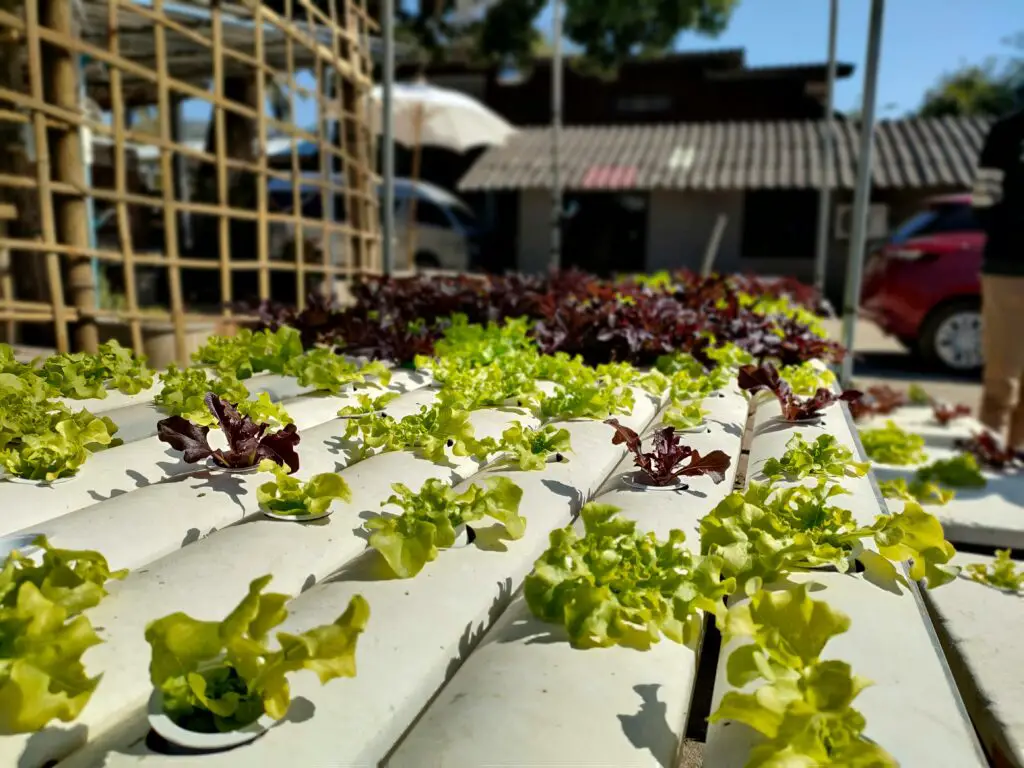
Image: Pexels
Certain vegetables can thrive indoors with minimal sunlight or even artificial light. Here are some excellent choices for your indoor garden:
Leafy Greens
- Spinach: Grows in low-light conditions; prefers cool temperatures.
- Lettuce: Varieties like Romaine and Butterhead do well indoors.
- Kale: Grows well in partial shade and can handle cooler indoor temperatures.
Root Vegetables
- Radishes: Quick-growing and do not need much light.
- Carrots: Smaller varieties like Tiny are ideal for indoor gardens.
- Beets: They can grow in lower light but require deeper containers for root development.
Herbs
- Mint: Prefers partial shade and needs regular watering.
- Chives: Grows well with minimal light and can be harvested continuously.
- Parsley: Adaptable to lower light conditions and is easy to grow.
Setting Up Your Indoor Garden
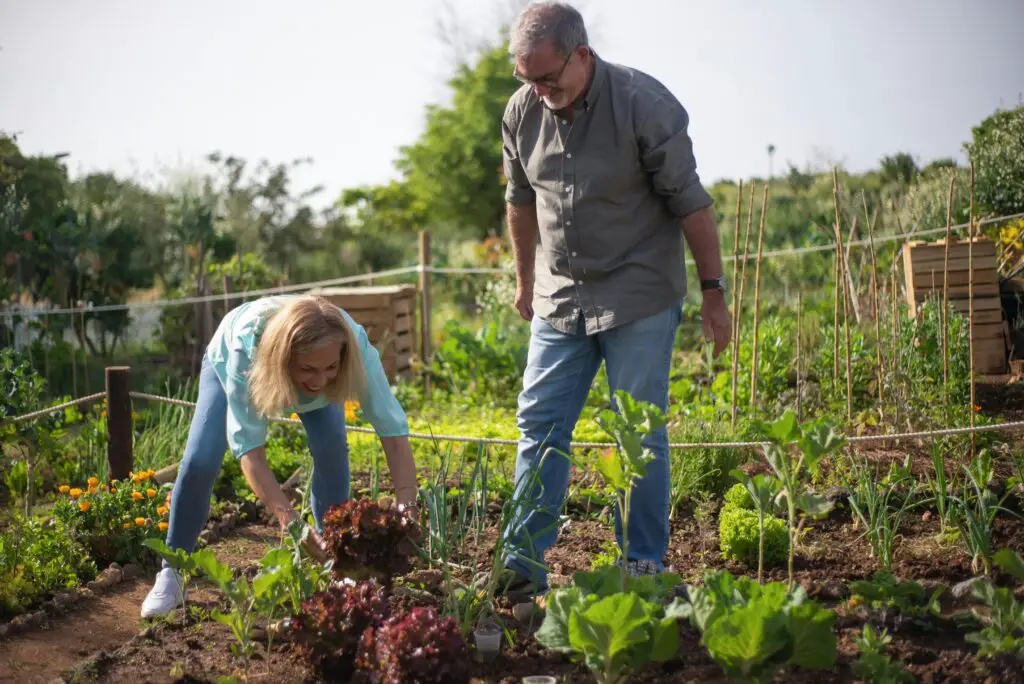
Image: Pexels
Creating an optimal indoor gardening environment involves several key steps:
Choosing the Right Containers
When setting up an indoor garden, the first step is choosing the right containers. Good containers help your plants grow better by keeping them healthy and safe. Here are some important facts to consider:
Size:
The size of the container matters. It needs to be deep enough for the roots of your plants to spread out. For most vegetables, a container should be at least 6 to 12 inches deep.
Some root vegetables, like carrots and beets, may need even deeper containers, around 12 to 18 inches.
Drainage:
It is crucial that containers have holes at the bottom. These holes allow excess water to escape and prevent the soil from becoming too wet.
If water sits in the bottom, it can cause the roots to rot, harming the plant.
Material:
Containers can be made from various materials like plastic, clay, or metal. Each material has its own benefits. For example, clay pots are heavy and stable, but they can dry out quickly.
Plastic containers are lighter and hold moisture better.
Shape:
Round or square containers can work well. However, wider containers allow for more surface area for the soil and can support multiple plants.
Choosing the right shape can help ensure your plants have the space they need to grow.
Selecting the Soil
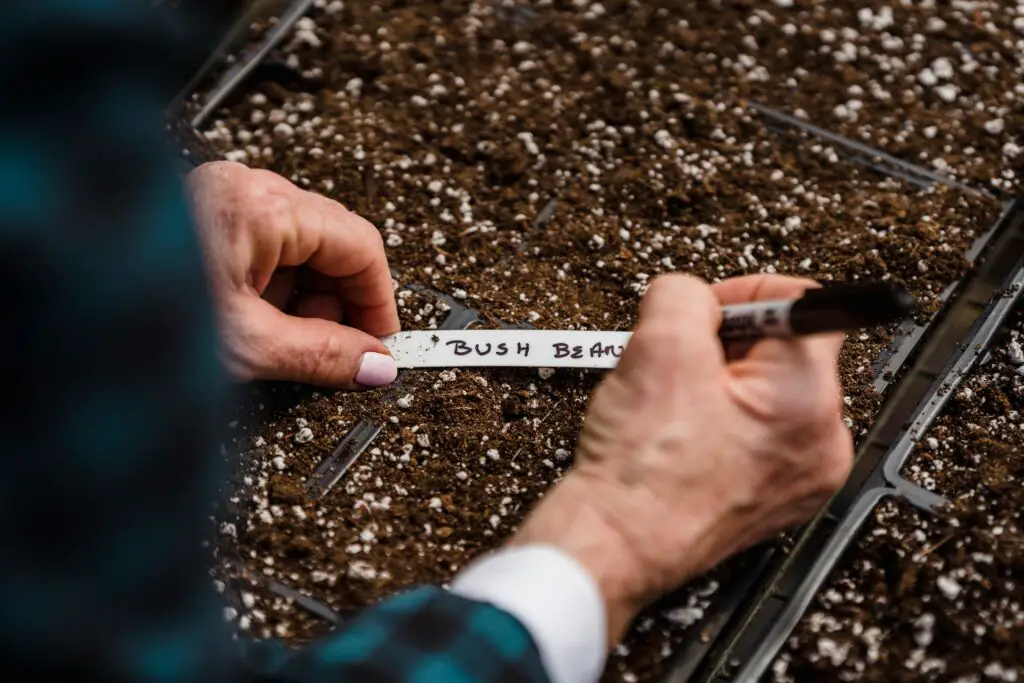
Image: Pexels
Choosing the right soil is essential for the health of your indoor garden. Here are some important facts to consider when selecting soil:
Potting Mix:
A good potting mix is specifically designed for potted plants. It should be light and fluffy. This allows air to reach the roots and helps water drain well.
Moisture Retention:
Look for soil that can hold moisture but does not stay too wet. This balance helps keep your plants hydrated without drowning them.
Components of the Mix:
Quality potting mixes often include peat moss, which helps keep moisture, and lava rock or mineral, which improves drainage.
Nutrients:
Some potting mixes come with added nutrients that feed your plants. These nutrients help plants grow strong and healthy. Always check the label to know what is included.
pH Balance:
The pH level of the soil should be around 6 to 7 for most houseplants. This range means the soil is neither too acidic nor too alkaline, allowing plants to absorb nutrients effectively.
Watering Tips
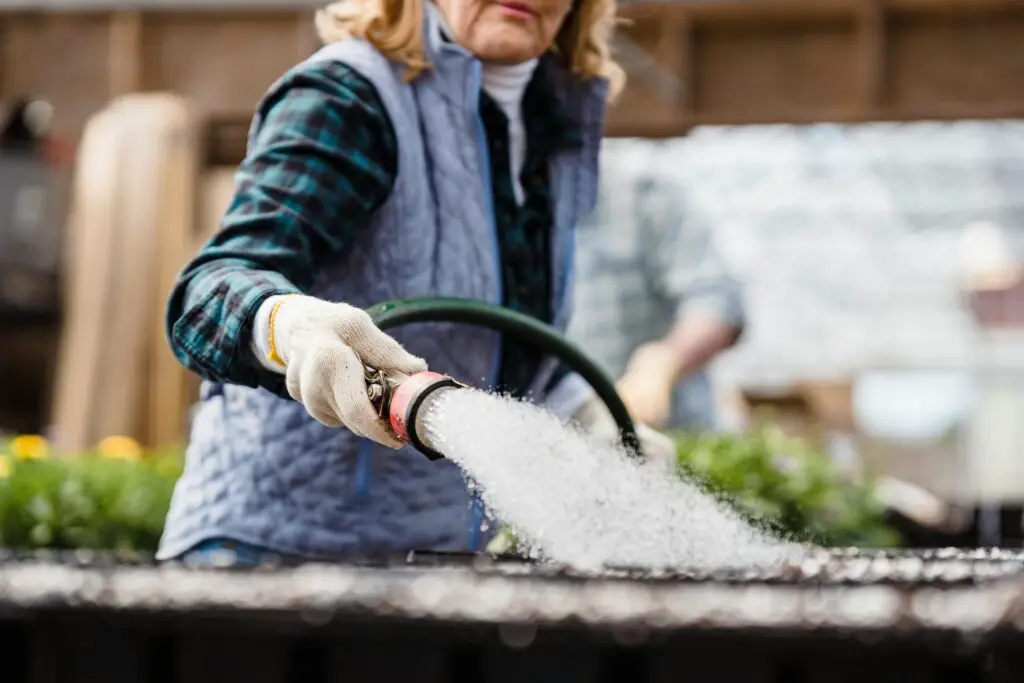
Image: Pexels
Watering your indoor plants correctly is crucial for their health. Here are detailed guidelines to help you with this step:
Frequency:
Water your plants when the top inch of the soil feels dry to the touch. This usually means checking the soil at least once a week.
However, the frequency may vary based on the type of plant and the climate in your home.
Amount of Water:
When you water, do it until you see water draining out of the bottom of the pot. This method ensures that the roots get enough moisture. Avoid just splash a little on top, as this may not reach the roots properly.
Water Quality:
Use room temperature water for your plants, as very cold or hot water can shock their roots. If possible, let tap water sit out for a few hours before using it so that chlorine can evaporate.
Signs of Overwatering:
If the leaves of your plant turn yellow and feel soft or mushy, it might be getting too much water. Adjust your watering schedule accordingly to prevent root rot.
Signs of Underwatering:
If the leaves start wilting or turning brown and crispy, your plant needs more water. Check the soil and water immediately if it’s dry.
Planting Your Vegetables

Image: Unsplash
Starting from Seeds or Seedlings
Planting Seeds
When planting seeds, it is essential to read and follow the instructions found on the seed packet. These instructions provide important information, including how deep to plant the seeds and how far apart to space them.
Generally, small seeds should be planted about 1/8 inch deep, while larger seeds can be planted deeper, about ¼ to ½ inch.
After planting, keep the soil moist by gently watering it, but be careful not to soak it too much. This moisture is important for helping the seeds germinate, which is when they begin to grow.
Transplanting Seedlings
If you are using seedlings that have already started to grow, the process is a bit different. Begin by preparing your containers, ensuring they have good drainage holes at the bottom.
When you take the seedlings out of their original pots, be gentle to avoid damaging the roots. Place the seedlings in the new soil at the same depth they were growing in their original pots.
This helps them continue their growth without stress. Make sure to water the seedlings lightly after transplanting to settle the soil around the roots.
Keep an eye on them as they adjust to their new environment.
Preparing your containers, ensuring they have good drainage holes at the bottom. When you take the seedlings out of their original pots, be gentle to avoid damaging the roots.
Place the seedlings in the new soil at the same depth they were growing in their original pots. This helps them continue their growth without stress.
Make sure to water the seedlings lightly after transplanting to settle the soil around the roots. Keep an eye on them as they adjust to their new environment.
Providing Light
Light is a crucial factor in plant growth, as it enables plants to perform photosynthesis, the process through which they convert light energy into food.
Different types of vegetables require varying amounts of light. For instance, leafy greens like spinach and lettuce prefer partial shade, while tomatoes and peppers thrive in full sunlight.
When placing your plants, aim for a location that receives at least 6 to 8 hours of sunlight each day. If you are using windows, choose those that face south, as they typically get the most light.
If natural light is not enough, you may need to use grow lights to supplement this.
There are different types of grow lights available, including glowing, LED, and incandescent bulbs. LED lights are often recommended for their energy efficiency and long lifespan.
Position the grow lights about 12 to 24 inches above the plants, and make sure to adjust the height as your plants grow taller.
It is vital to keep the lights on for about 12 to 16 hours a day to provide enough lighting, particularly during the growing season.
Observing your plants will help you determine if they are receiving enough light; if they appear leggy or are leaning toward the light source, they may need a bit more illumination.
Maintaining Your Indoor Garden
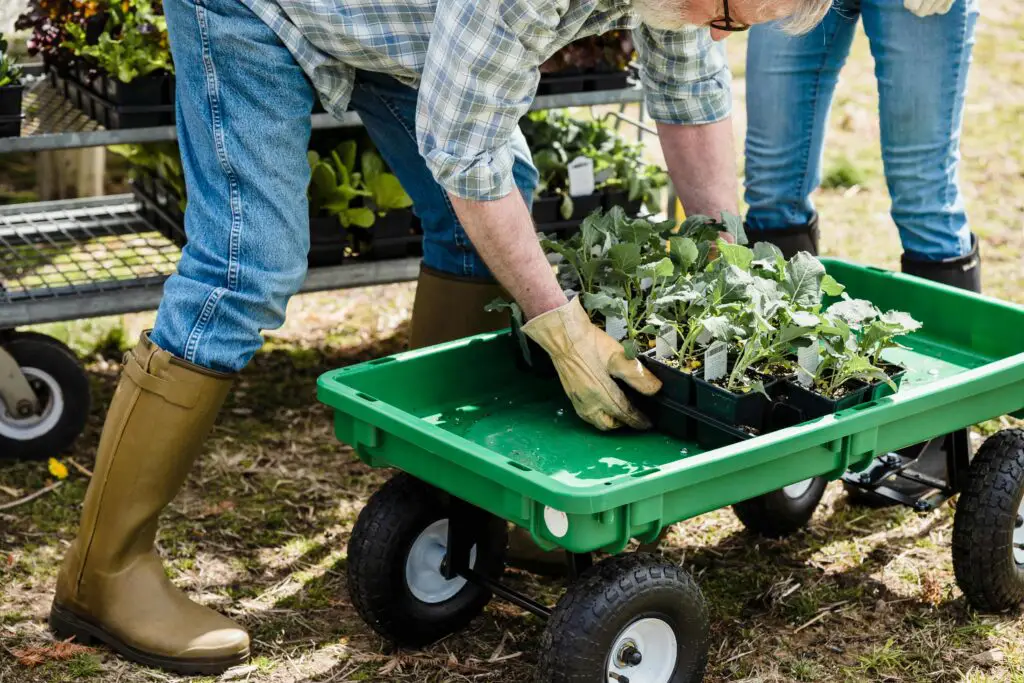
Image: Pexels
Temperature and Humidity Control
It is important to keep your indoor garden at the right temperature. Most indoor vegetables grow best when the temperature is between 60-70°F (15-21°C).
You can check the temperature with a simple temperature gauge. If it gets too hot or too cold, it can affect the growth of your plants.
Humidity is also key for healthy plants. Humidity is the amount of moisture in the air. Aim for about 50% humidity. If the air is too dry, you might need a humidifier. This device adds moisture to the air.
You can also place a shallow dish of water near your plants. As the water evaporates, it will help increase humidity.
Watch your plants closely. If their leaves start to curl or turn brown, they might not be happy with the temperature or humidity. Making small adjustments can help your indoor garden thrive.
Monitoring for Pests and Diseases
Checking your plants for pests is very important. Look for small bugs, spots, or changes in the leaves. Common pests include aphids, spider mites, and whiteflies. If you spot any pests, act quickly.
You can remove them by hand or use a gentle spray of water to wash them off. Another option is to use natural pest control methods, like neem oil or insecticidal soap.
Also, watch for signs of disease. If your plants look weak, have faded spots, or the leaves start to yellow, they may be sick. Remove any affected leaves to help stop the spread.
Keep your gardening tools clean and avoid overwatering, as damp conditions can lead to fungal infections. Regular checks and good care will help keep your indoor garden healthy.
Expert Tips
“Indoor gardening is a rewarding experience, especially when you understand the needs of your plants,” remarks Sandra, an experienced indoor gardener.
“The key to success with low-light vegetables is to provide the right amount of water and nutrients,” advises Michael, a horticulturist with 10 years of experience.
Troubleshooting Common Issues
Pests
- Aphids: Use insecticidal soap or neem oil to control infestations.
- Spider Mites: Increase humidity and use miticides if necessary.
Diseases
- Fungal Infections: Ensure good air circulation and avoid overwatering.
- Root Rot: Check for proper drainage and avoid waterlogged soil.
Conclusion
Growing vegetables indoors without sunlight is completely possible and offers many benefits, including fresh produce year-round and the joy of gardening in any weather. By following the steps outlined above, you can create a thriving indoor garden that brings the outdoors in.
Remember to choose the right plants for your environment, provide enough light and care, and stay watchful against pests and diseases.
With a little patience and commitment, you can enjoy tasty homegrown vegetables straight from your very own indoor garden. Happy gardening!
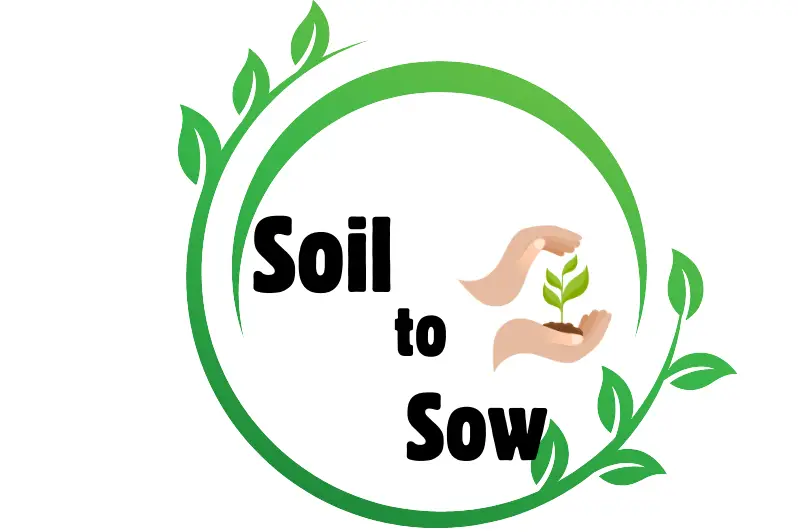
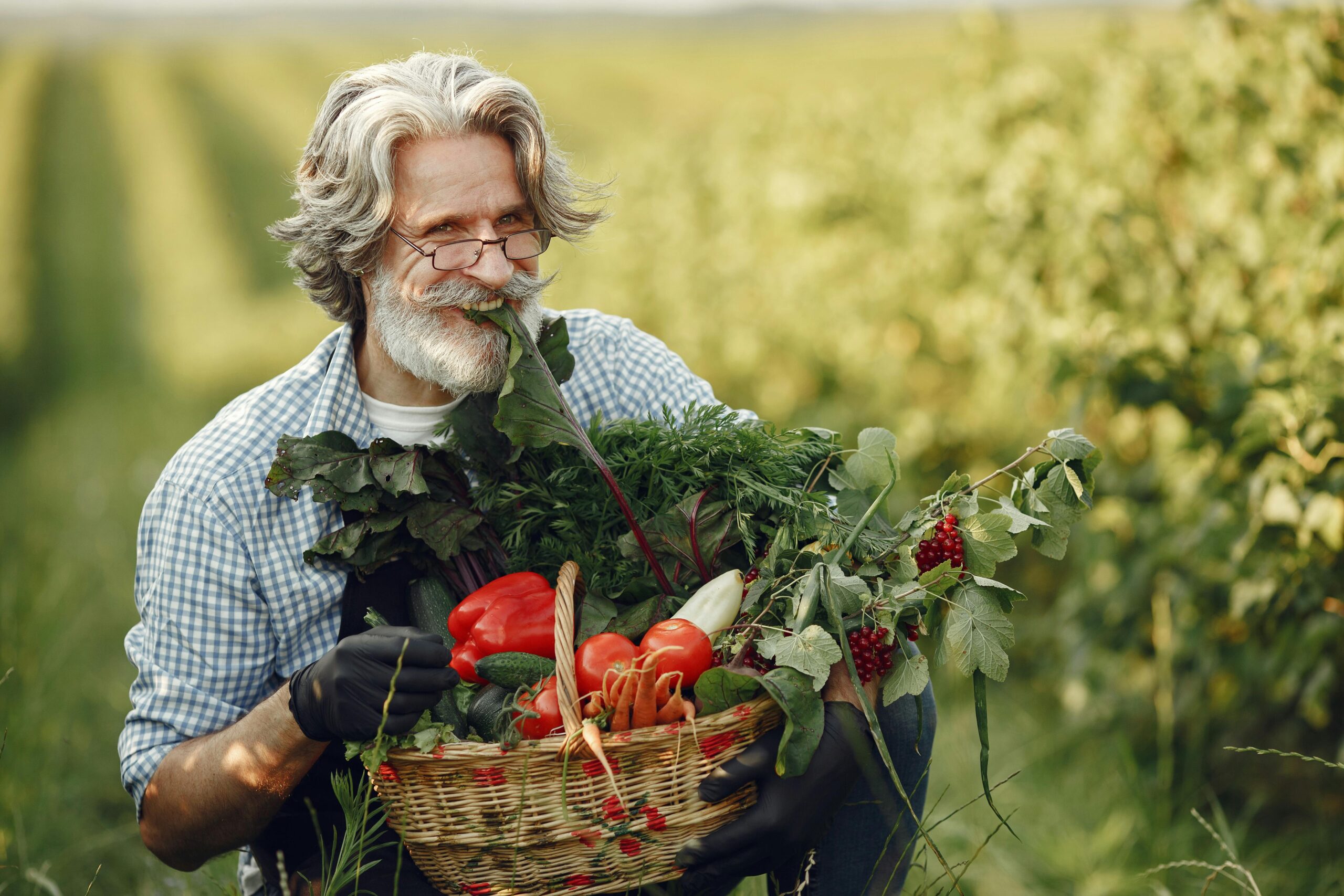
2 thoughts on “How To Grow Vegetables Indoors Without Sunlight”